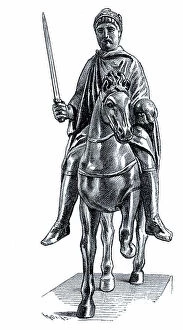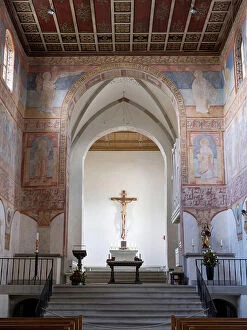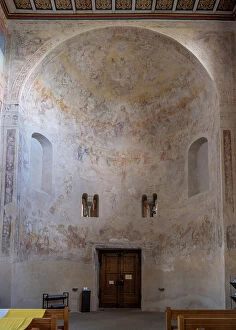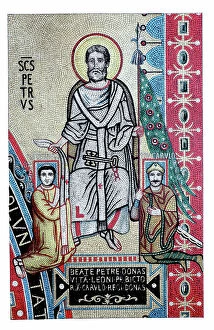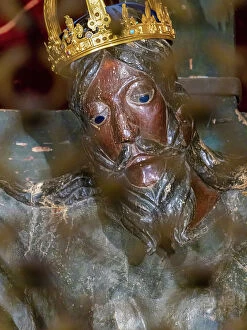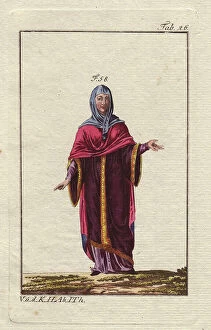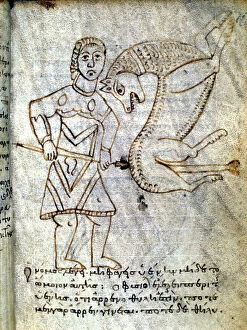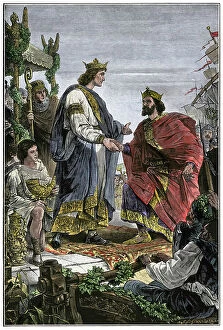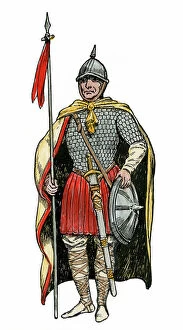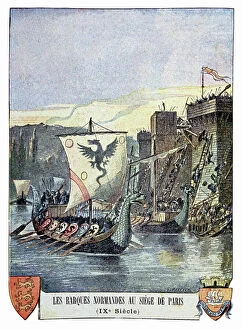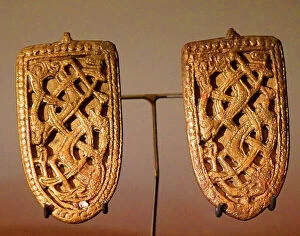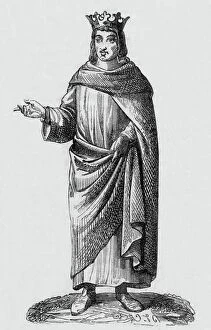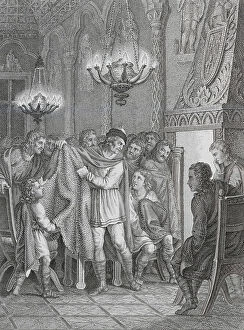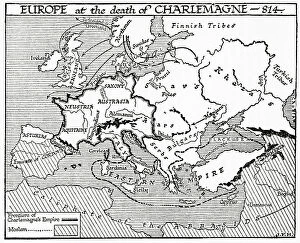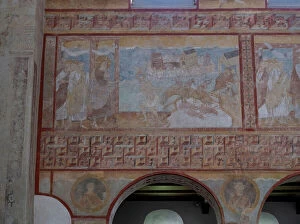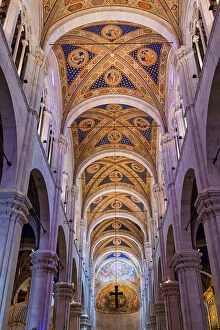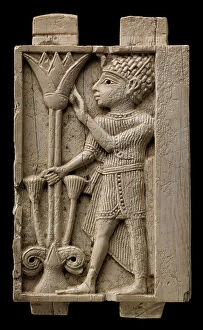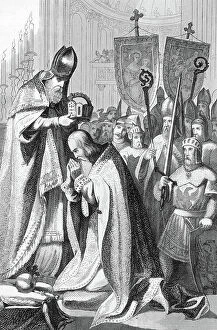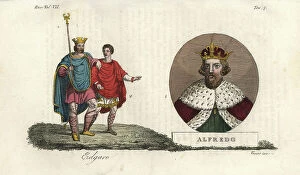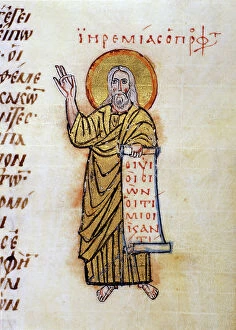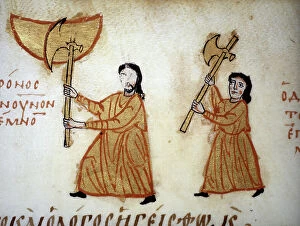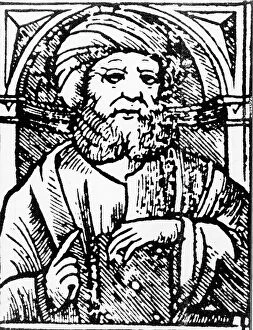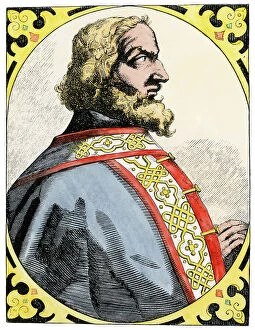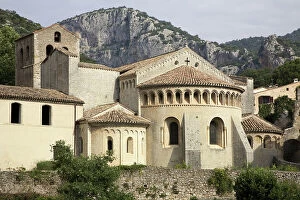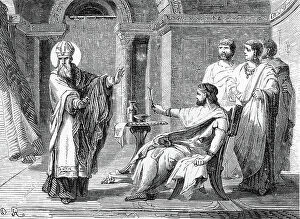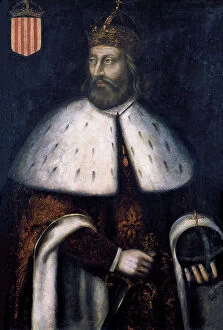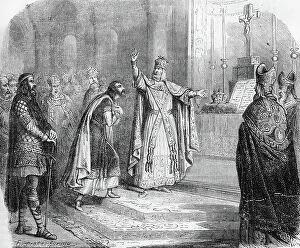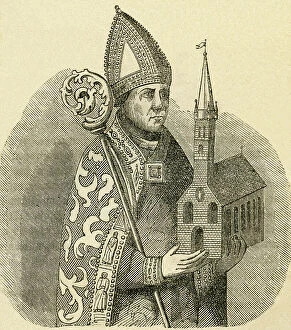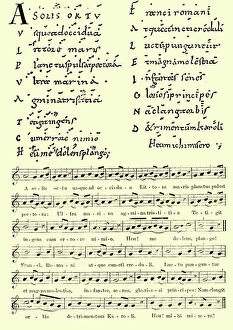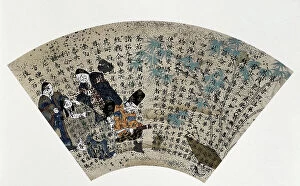C9th Collection (#2)
"C9th: A Glimpse into the Rich Tapestry of the 9th Century" Step back in time to the 9th century, a period teeming with cultural, religious, and historical significance
For sale as Licensed Images
Choose your image, Select your licence and Download the media
"C9th: A Glimpse into the Rich Tapestry of the 9th Century" Step back in time to the 9th century, a period teeming with cultural, religious, and historical significance. This captivating era comes alive through various intriguing glimpses that reveal its diverse facets. One such glimpse is a double page from a Qur'an adorned with kufic script. Created in the late 9th century AD, this exquisite piece showcases the artistry and devotion prevalent during this time. Emperor Charlemagne's visit to a school highlights his profound interest in education and learning. His patronage of scholars earned him the title of patron of schools, leaving an indelible mark on medieval education. The Middle Ages witnessed influential figures like Pope John VIII and Pope Nicholas I. Representations of these popes drawn from "I misteri del vaticano" by Franco Mistrali provide insights into their powerful roles within Christianity during this epoch. Warriors clad in chain-mail suits of armor take us on a journey through military history. Danish soldiers from 1796 engraving stand alongside Anglo-Saxon soldiers from the same era, showcasing their formidable presence on ancient battlefields. Delving deeper into spirituality, we encounter remarkable artifacts like the head of Buddha carved between 800-830 AD and Nagaraja guardstone crafted between 800-900 AD. These sacred relics offer glimpses into different faiths flourishing during this period. Anglo-Saxon kings hold court upon ornate thrones while equerries accompany them onto battlefields; these engravings depict both regal authority and martial prowess characteristic of rulers during this time. Lastly, we encounter a bust of a Yogini sculpted from sandstone around 800-900 AD. This mesmerizing artwork reflects spiritual practices prevalent in ancient India during an era when mysticism held great sway over society.

